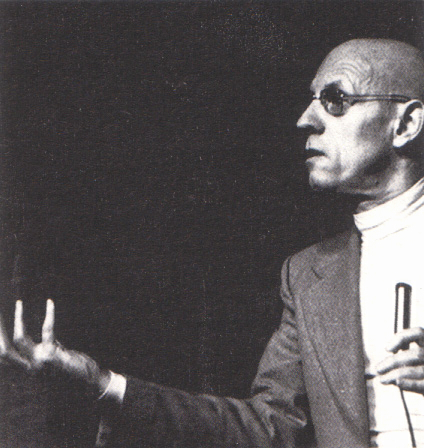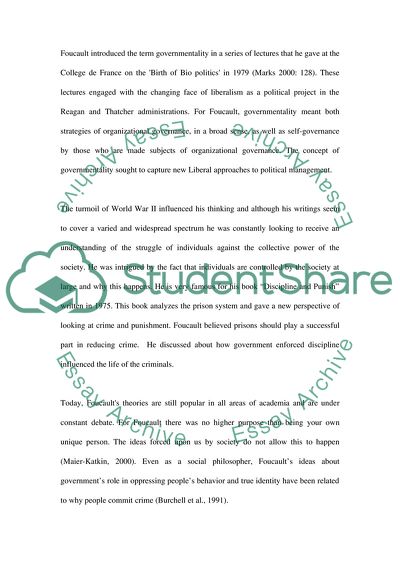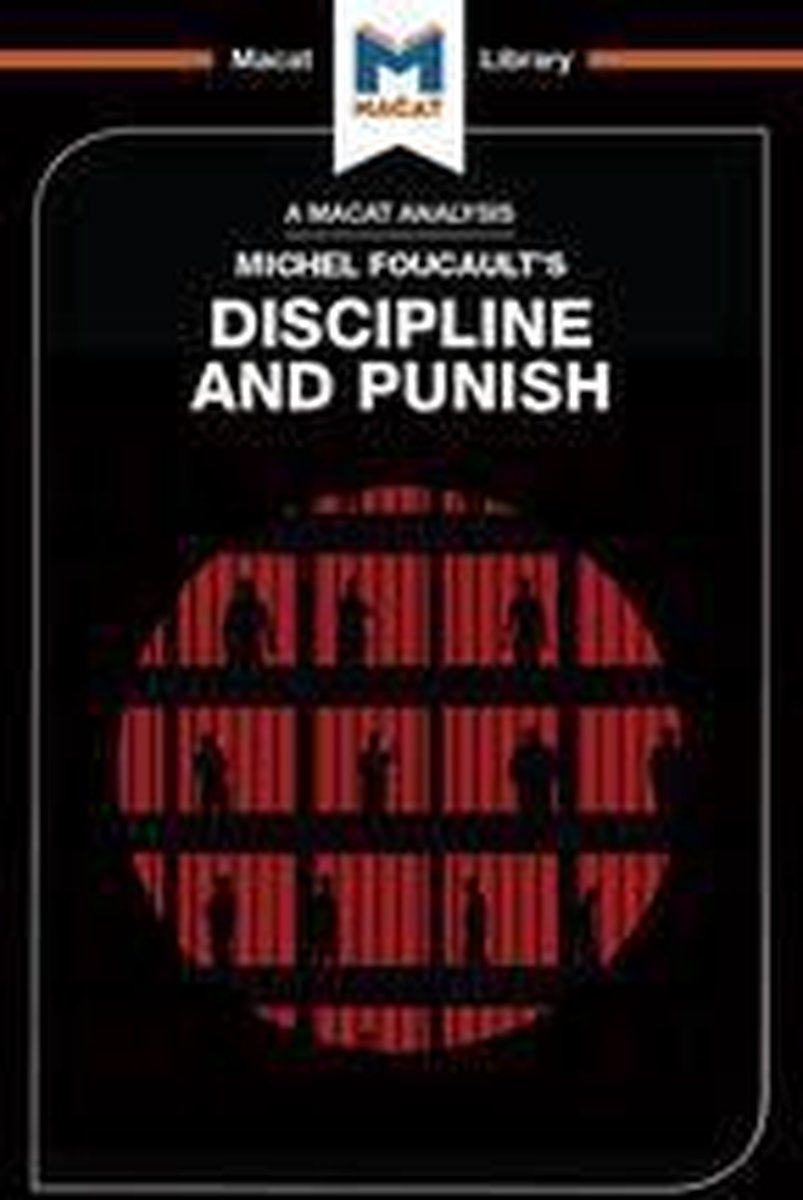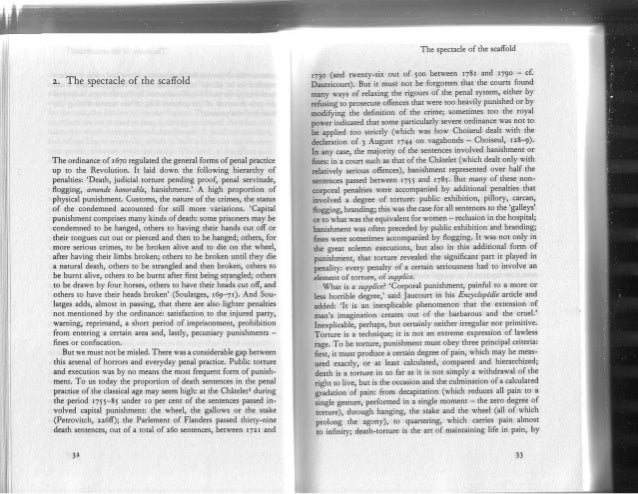

Particular places were defined to correspond not only to the need to supervise, to break dangerous communications, but also to create a useful space. The rule of functional sites would gradually, in the disciplinary institutions, code a space that architecture generally left at the disposal of several different uses. Each individual has his own place and each place its individual It does this first of all on the principle of elementary location or partitioning. This machinery works space in a much more flexible and detailed way. ‘The order and inspection that must be maintained require that all workers be assembled under the same roof, so that the partner who is entrusted with the management of the manufactory may prevent and remedy abuses that may arise among the workers and arrest their progress at the outset’ (Dauphin, 199).īut the principle of ‘enclosure’ is neither constant, nor indispensable, nor sufficient in disciplinary machinery.

There were the colleges, or secondary schools: the monastic model was gradually imposed boarding appeared as the most perfect, if not the most frequent, educational régime

There was the great ‘confinement’ of vagabonds and paupers there were other more discreet, but insidious and effective ones. It is the protected place of disciplinary monotony.

They are modalities according to which the power to punish is exercised: three technologies of power.ĭiscipline sometimes requires enclosure, the specification of a place heterogeneous to all others and closed in upon itself. Lastly, in the project for a prison institution that was then developing, punishment was seen as a technique for the coercion of individuals it operated methods of training the body – not signs – by the traces it leaves, in the form of habits, in behaviour and it presupposed the setting up of a specific power for the administration of the penalty. The reforming jurists, on the other hand, saw punishment as a procedure for requalifying individuals as subjects, as juridical subjects it uses not marks, but signs, coded sets of representations, which would be given the most rapid circulation and the most general acceptance possible by citizens witnessing the scene of punishment. In monarchical law, punishment is a ceremonial of sovereignty it uses the ritual marks of the vengeance that it applies to the body of the condemned man and it deploys before the eyes of the spectators an effect of terror as intense as it is discontinuous, irregular and always above its own laws, the physical presence of the sovereign and of his power.


 0 kommentar(er)
0 kommentar(er)
